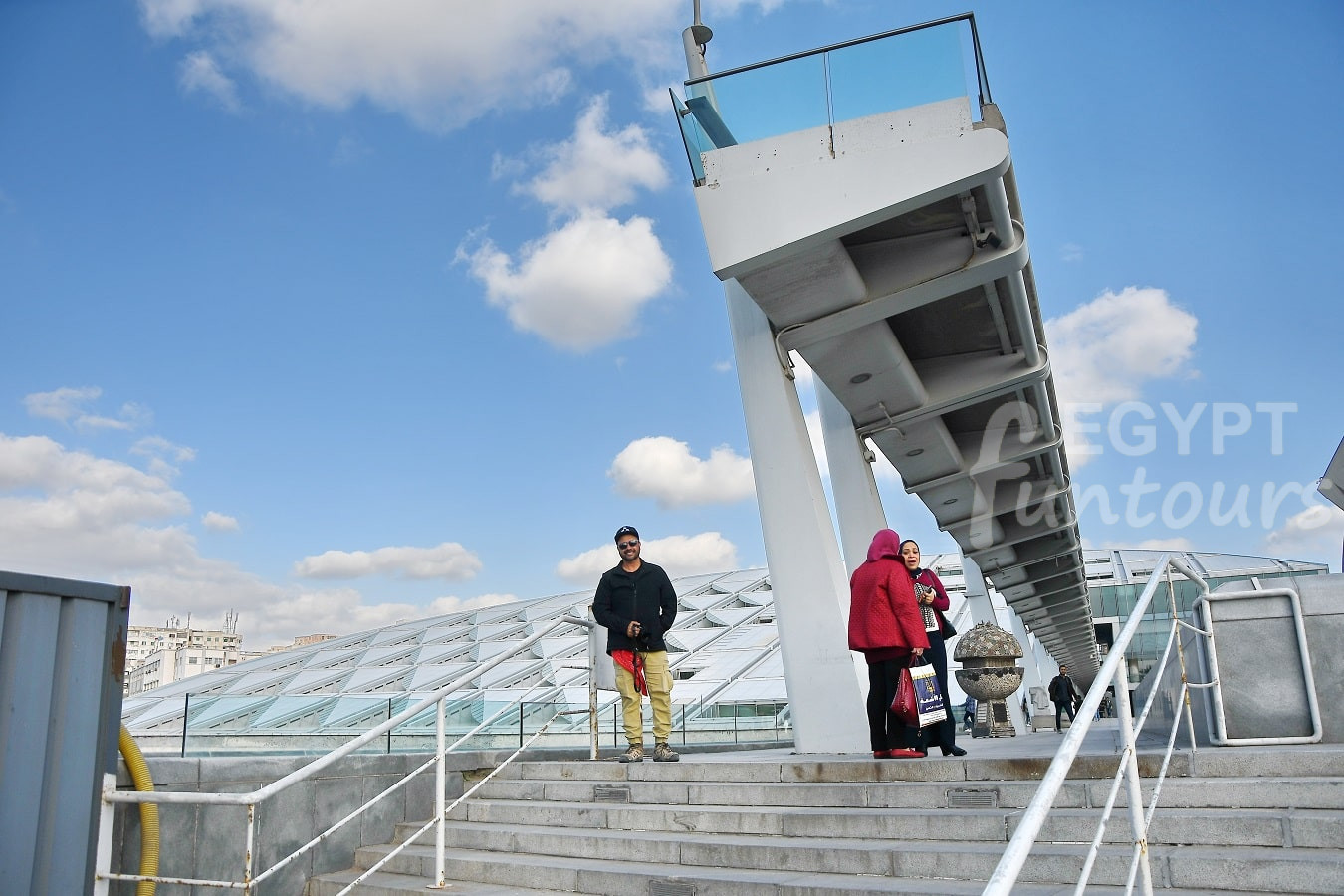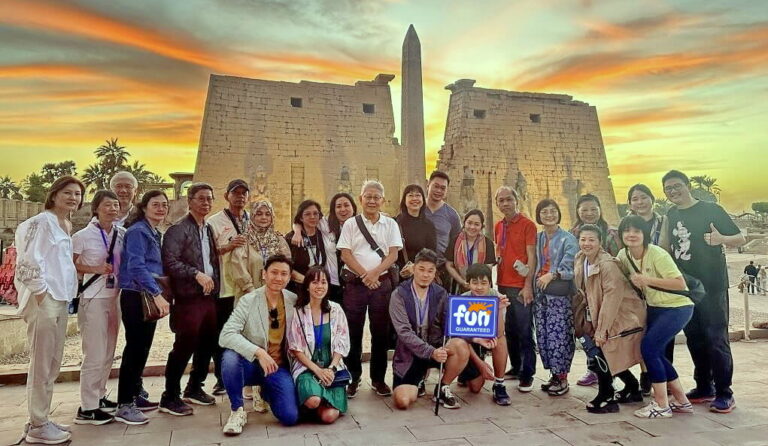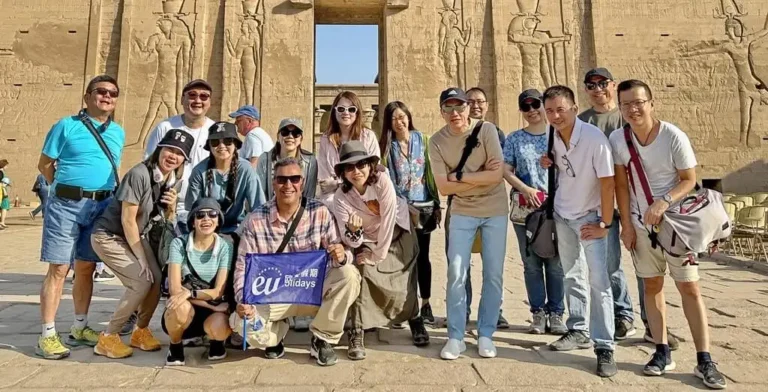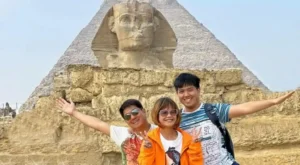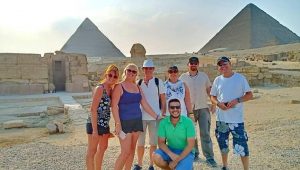Ptolemy I Soter: The Founder of a Dynasty
Ptolemy I Soter was one of the most successful and influential of Alexander the Great‘s generals. He was a close friend and confidant of the young conqueror. After Alexander’s sudden death in 323 BCE, his vast empire was torn apart by his successors, the Diadochi. While others fought for control of the entire empire, Ptolemy set his sights on one prize: Egypt. By securing this rich and powerful land, he established a dynasty that would rule for nearly 300 years.


